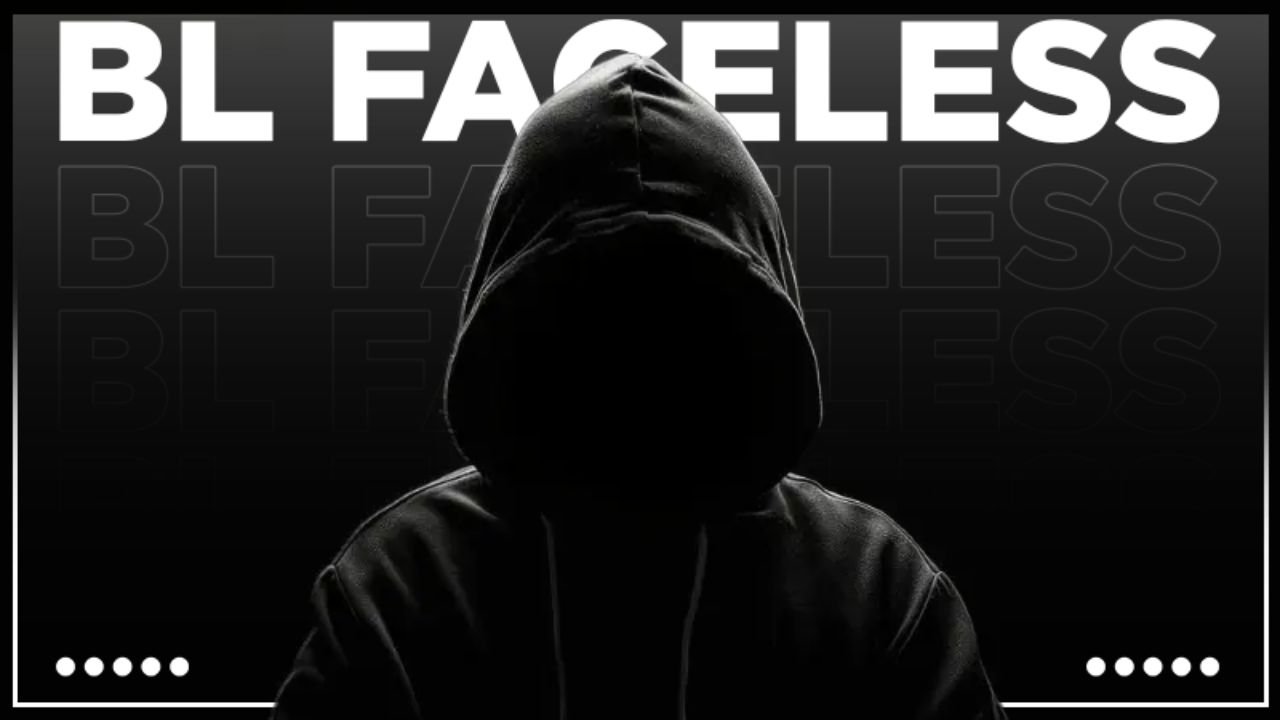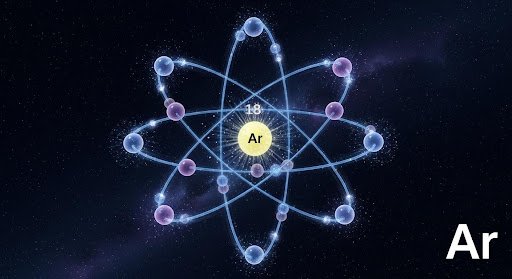Boys’ Love (BL) fiction has long captivated readers with its complex relationships, tender romance, and emotional storytelling. Within this genre, the trope of bl_faceless whether in manga, manhwa, or novels—offers an intriguing layer to the narrative. These characters, often rendered without visible faces, have become a distinct symbol of anonymity, mystery, and emotional depth in the Boys’ Love world. But what makes faceless characters so compelling, and why do they appear in so many stories? This article dives deep into the BL faceless phenomenon, unraveling its narrative significance, artistic intentions, and emotional impact.
Understanding BL Faceless Characters
In many Boys’ Love stories, readers encounter characters whose faces remain intentionally hidden. Whether through shadowing, artistic stylization, or deliberate omission of facial details, these characters evoke a sense of mystery and detachment. Faceless characters often serve as powerful narrative tools, creating space for readers to project their own emotions, fantasies, and interpretations onto the character. This trope can evoke feelings of curiosity and intrigue, drawing readers deeper into the story while allowing them to immerse themselves in the emotional landscape of the narrative.
The faceless trope is more than just an artistic choice; it often reflects the character’s emotional distance, hidden identity, or untold past. In some cases, facelessness serves to amplify the other character’s emotional journey, placing greater focus on their internal conflicts and desires. The faceless character becomes a mirror, reflecting the protagonist’s emotional state and evolving relationship.
The Appeal of Anonymity in Boys’ Love
One of the core reasons behind the enduring appeal of faceless characters in BL is the universal fascination with anonymity. By stripping away facial features, the character becomes a blank canvas, open to interpretation. Readers may feel more connected to the faceless character because they can fill in the emotional gaps with their own feelings and experiences. This allows for a highly personalized reading experience, where the story becomes as much about the reader’s emotional journey as it is about the characters themselves.
Additionally, the faceless character trope allows creators to emphasize the emotional intensity of the relationship without being tied to specific physical features. The lack of a defined face can create an aura of universality, making the character’s feelings and actions more relatable to a broader audience. This is particularly important in BL stories, where the emotional connection between characters often takes precedence over external characteristics like appearance.
Artistic Choices: Why Are BL Characters Faceless?
Artists and writers often choose to depict certain BL characters as faceless for both aesthetic and narrative reasons. From an artistic standpoint, leaving a character faceless can emphasize the visual elements of the surrounding scene—such as body language, gestures, or the environment. By removing the face, artists can focus on conveying emotions through other means, such as posture, proximity, and symbolic imagery.
Faceless characters can also serve as a stylistic bridge between traditional character design and more abstract or experimental art forms. This can add a layer of sophistication to the visual storytelling, as readers are required to engage more deeply with the art to understand the emotions being conveyed. In many BL manhwa, facelessness is used to heighten emotional tension, with the character’s face being revealed only at critical moments in the story, when emotions reach their peak.
In some cases, the facelessness might signify the character’s status as a fleeting presence in the protagonist’s life, a symbol of an unspoken emotion, or a mysterious figure who later becomes more defined as the story progresses.
The Psychological Impact of Facelessness on Readers
The faceless trope in BL isn’t just a visual device—it has a profound psychological impact on readers. Faceless characters often evoke feelings of mystery, curiosity, and anticipation, creating an emotional tension that drives the narrative forward. The lack of facial expression forces readers to rely on other cues—such as dialogue, actions, and the reactions of other characters—to understand the faceless character’s emotions and intentions. This can make the reading experience more immersive and emotionally charged.
For some readers, faceless characters may also serve as a form of emotional projection. By omitting specific features, the character becomes more malleable, allowing readers to imagine them in a way that resonates with their personal desires or fantasies. This is especially relevant in Boys’ Love stories, where readers often seek emotional intimacy and connection with the characters. The faceless character becomes a vessel through which readers can explore their own emotions, desires, and interpretations of the relationship.
Faceless Leads in Popular BL Manhwa
Several well-known BL manhwa and manga have employed the faceless trope to great effect, enhancing the storytelling and emotional depth of the narrative. In some cases, the faceless character remains anonymous for the entirety of the story, while in others, their face is revealed during a pivotal emotional moment, often serving as a climactic reveal that deepens the connection between the characters.
One prominent example is found in Korean BL manhwa, where facelessness often signifies emotional distance or anonymity in the early stages of a relationship. As the story progresses and the emotional connection between the characters deepens, the faceless character may gradually take on more defined features, symbolizing the growing intimacy and understanding between them. This gradual revelation of the character’s face mirrors the emotional progression of the relationship, adding a layer of complexity to the narrative.
Another example can be seen in Japanese BL manga, where faceless characters are often used to emphasize themes of unrequited love, hidden emotions, or secret identities. By keeping the character’s face hidden, the story can focus more on the protagonist’s internal struggles and emotional growth, rather than the external appearance of their love interest.
The Evolution of the BL Faceless Trope
Over time, the use of faceless characters in BL has evolved, reflecting broader changes in the genre and in readers’ expectations. While facelessness was once primarily used to emphasize emotional distance or anonymity, contemporary BL stories are increasingly using the trope to explore themes of identity, intimacy, and vulnerability. Faceless characters are no longer just mysterious figures; they are often complex individuals with rich emotional lives, whose facelessness adds depth to their characterization. his evolution of the trope reflects a growing emphasis on emotional complexity and character development in BL storytelling.
BL Faceless: Breaking Boundaries and Creating New Narratives
The faceless character trope has become a staple of Boys’ Love storytelling, offering both narrative and emotional depth to the genre. Through the use of facelessness, BL stories can explore themes of anonymity, emotional distance, and personal connection in ways that resonate deeply with readers. Whether used to heighten mystery, evoke curiosity, or symbolize emotional barriers, the faceless trope continues to captivate audiences and push the boundaries of BL storytelling.
By leaving certain characters faceless, BL creators invite readers to actively engage with the story, filling in emotional gaps and interpreting the narrative in their own unique ways. This interactivity between reader and text creates a more immersive and emotionally resonant experience, making the faceless character trope a powerful tool in the Boys’ Love genre.
Conclusion
The BL faceless trope is a fascinating narrative and artistic device that adds emotional depth and complexity to Boys’ Love stories.
Also Read: The Youngest Son of a Magician: A Tale of Magic, Family, and Discovery
FAQs
What is the significance of faceless characters in Boys’ Love stories?
Faceless characters in Boys’ Love stories often symbolize anonymity, emotional distance, or mystery. Their lack of defined facial features allows readers to project their own emotions onto the character, creating a more immersive and personalized reading experience.
Why do artists use faceless characters in BL manhwa and manga?
Artists may use faceless characters to emphasize other aspects of the story, such as body language, emotional tension, or symbolic imagery. Facelessness also allows for a focus on the emotional connection between characters, rather than their physical appearance.
Do faceless characters in BL always remain faceless?
In some stories, faceless characters remain anonymous throughout, while in others, their faces are revealed at key emotional moments. The timing of the reveal often mirrors the development of the relationship between characters.
How does the faceless trope affect readers’ emotional engagement?
Faceless characters encourage readers to engage more deeply with the story, as they must rely on other cues—such as actions, dialogue, and reactions—to understand the character’s emotions and intentions. This can create a more emotionally charged and immersive reading experience.
What role do faceless characters play in the emotional development of BL relationships?
Faceless characters often serve as a reflection of the protagonist’s emotional journey. Their facelessness may symbolize emotional barriers or hidden feelings, with the eventual revelation of their face marking a turning point in the relationship.
Are faceless characters common in all BL stories?
While faceless characters are a common trope in many BL stories, not all Boys’ Love narratives use this device. The trope is particularly popular in manhwa and manga, where visual storytelling plays a key role in conveying emotions and themes.





